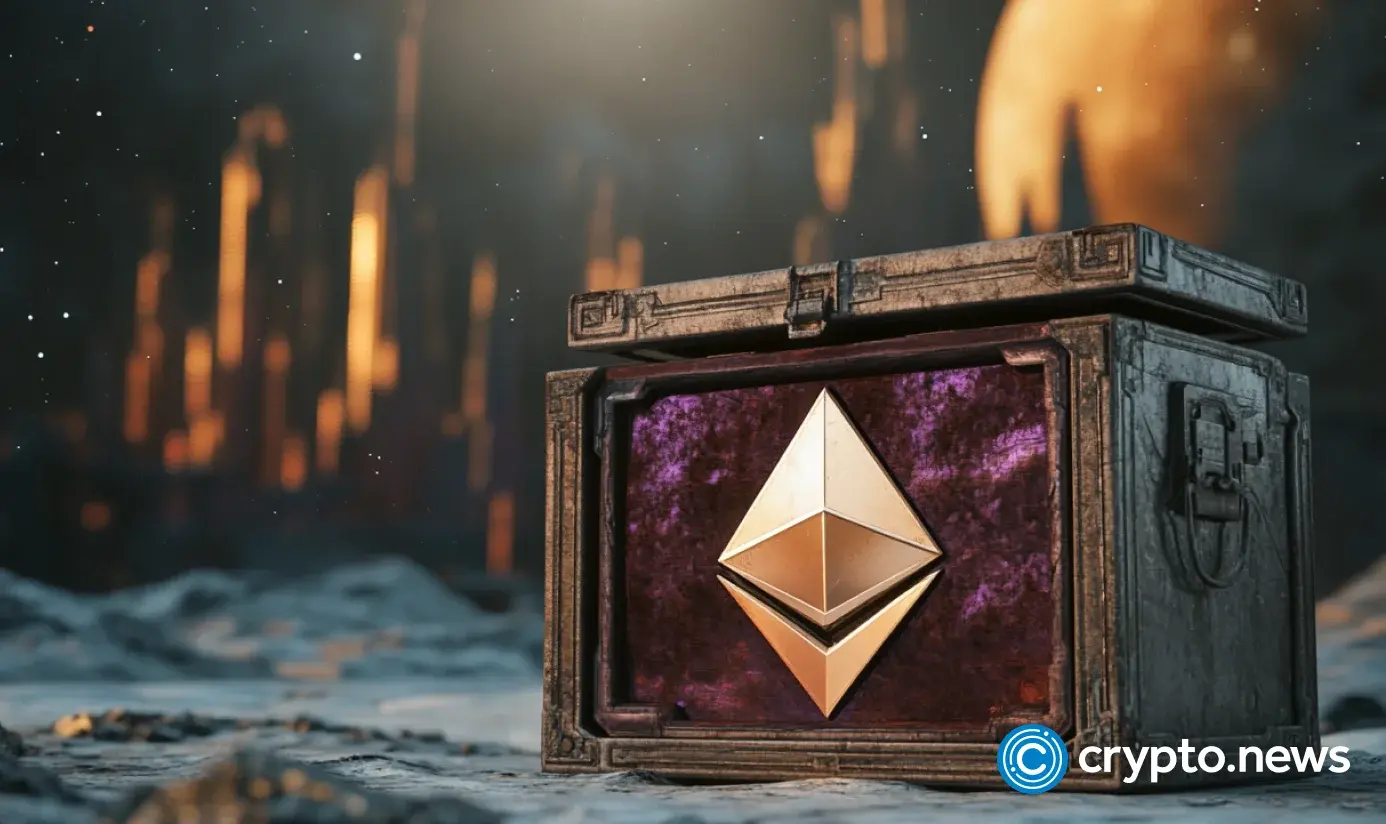CNBC Daily Open: U.S. economic slowdown still in the cards, Fed says
Recent economic data suggest that the U.S. economy might have escaped from tariffs mostly unscathed. But the numbers might not reflect tariffs' full impact yet.

U.S. Federal Reserve Chair Jerome Powell attends a press conference following the issuance of the Federal Open Market Committee's statement on interest rate policy in Washington, D.C., U.S., June 18, 2025.
Kevin Mohatt | Reuters
At U.S. Federal Reserve Chair Jerome Powell's post-meeting press conference, the topic of tariffs — specifically, their impact on prices — was a recurring one.
"Everyone that I know is forecasting a meaningful increase in inflation in coming months from tariffs because someone has to pay for the tariffs," Powell said. "And some of it will fall on the end consumer."
Granted, recent economic data has been upbeat, suggesting the U.S. economy has been able to — and could still — escape from tariffs mostly unscathed.
In May, a better-than-expected 139,000 jobs were added and the unemployment rate was unchanged at 4.2%. Consumer sentiment in early June was much more optimistic than forecast, according to a University of Michigan survey. And, most crucially, inflation in May — based on the consumer price index — ticked up just 0.1% for the month, lower than estimated.
But that string of positive data might have to thank the slow process by which tariffs move through the economy.
"It takes some time for tariffs to work their way through the chain of distribution to the end consumer. A good example of that would be goods being sold at retailers today may have been imported several months ago before tariffs were imposed. So we're beginning to see some effects, and we do expect to see more of them over the coming months," Powell said.
And even though Fed officials, at present, "don't see signs" of the U.S. economy weakening, Powell acknowledged growth will slow "eventually." In other words, stagflation — the toxic mix of higher prices and slower growth — could be a possibility in the months ahead.
The song "I Got Summer on My Mind" went viral in 2022. "I Got Stagflation on My Mind" could be the Fed's — and market watchers' — earworm this summer.
What you need to know today
U.S. central bank holds rates, sees two cuts
The U.S. Federal Reserve on Wednesday kept interest rates in a range between 4.25%-4.5%, where it has been since December. Along with the rate decision, the committee indicated, through its closely watched "dot plot," that two cuts by the end of 2025 are still on the table. Earlier Wednesday, President Donald Trump said the fed funds rate should be at least 2 percentage points lower, and again slammed Chair Jerome Powell, calling him "stupid."
Fed hikes inflation and lowers growth forecasts
Inflation in the U.S., measured by the personal consumption expenditures price index, will rise beyond 3% in 2025, according to an updated Fed forecast. The central bank had in March expected the PCE to hit 2.8%. The PCE came in at just 2.1% in April. The Fed also sees economic growth slowing to 1.4% this year, down from an earlier estimate of 1.7%. In combination, both forecasts point to early signs of stagflation.
Markets flat in U.S. but fall in Asia
U.S. stocks hovered around the flatline Wednesday. The S&P 500 slipped 0.03%, the Dow Jones Industrial Average closed 0.1% down, but the Nasdaq Composite inched up 0.13%. Oil prices, likewise, were little changed. Asia-Pacific markets fell Thursday. Hong Kong's Hang Seng Index lost as much as 2%, leading declines in the region. In Japan, shares of Nippon Steel popped more than 3% after the firm completed its acquisition of U.S. Steel.
Iran regime change 'not an official objective': Herzog
Israeli President Isaac Herzog told CNBC's Dan Murphy on Wednesday that a regime change in Iran was "not an official objective of ours," and the goal was "to remove the Iranian nuclear program." Herzog, who accused Tehran of "rushing to the bomb," added that a "change in [regime] can also bring peace in the region." When asked if there was a diplomatic ramp off available to de-escalate the situation, he said "there is actually a lot of back channel."
Trump says he hasn't decided on Iran strikes
For the second time in two days, Trump on Wednesday met his national security team in the White House amid the Israel-Iran conflict. The closed-door gathering took place as Trump insisted he had not yet decided whether to order a U.S. strike on Iran. The same day, U.S. Ambassador to Israel Mike Huckabee said evacuation flights and cruise ship departures were being arranged for American citizens seeking to leave Israel.
[PRO] Investor interest in emerging markets
Trump hit developing economies, such as Vietnam and India, especially hard with his "reciprocal" tariffs. The clock is ticking down on Trump's 90-day pause on those tariffs — but institutional investors are actually growing more enthusiastic about emerging markets, according to Bank of America's most recent Fund Manager Survey.
And finally...
US President Donald Trump and Indian Prime Minister Narendra Modi hold a joint press conference in the East Room of the White House in Washington, DC, on February 13, 2025.
Andrew Caballero-Reynolds | Afp | Getty Images
Trump and India’s Modi split over U.S. role in Pakistan ceasefire
During a Tuesday phone call between Indian Prime Minister Narendra Modi and Trump, the former expressed his frustration with the U.S. President's repeated claims that he had played a significant role in brokering a ceasefire between the two nuclear-armed countries.
"Prime Minister Modi firmly stated that India does not and will never accept mediation. There is complete political consensus in India on this matter," Foreign Secretary Vikram Misri said in a statement.
Modi "clearly conveyed" to Trump that the U.S. played no role in the mediation between India and Pakistan and denied any discussion of a trade deal, said Misri.
The 35-minute call was initiated by Trump, he added.

 Konoly
Konoly 






























